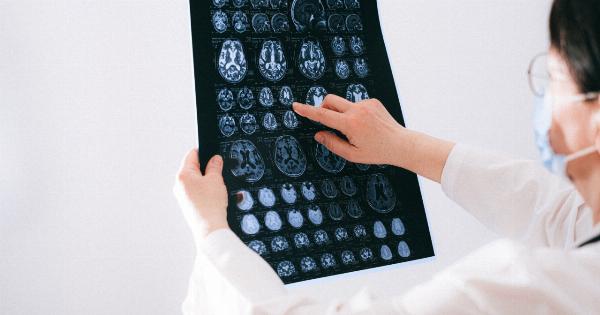Autism Spectrum Disorder (ASD) is a condition that affects the way a person interacts with others and the world around them. Currently, there is no cure for ASD, and it is typically diagnosed through behavioral observations and assessments.
However, researchers are exploring the use of facial recognition technology as a potential tool for categorizing autism. In this article, we will explore the research behind this technology and its potential implications for diagnosing and treating ASD.
What is Facial Recognition Technology?
Facial recognition technology uses algorithms to analyze and identify certain features of a person’s face, such as the distance between the eyes, the width of the nose, and the shape of the jawline.
This technology has been used in various industries, such as security and marketing, but is now being explored in the field of psychology as a potential tool for categorizing Autism.
Current Diagnostic Methods for Autism
The current diagnostic methods for autism rely heavily on behavioral observations and assessments. For example, a clinician may ask a child to perform certain tasks and then observe and document their behavior.
Alternatively, they may use a diagnostic tool such as the Autism Diagnostic Observation Schedule (ADOS), which is a standardized assessment that evaluates various aspects of a child’s social interaction and communication skills. These assessments are subjective and can take a long time to complete, making the diagnostic process both time-consuming and costly.
The Promise of Facial Recognition for Autism Diagnosis
Facial recognition technology has the potential to offer a more objective and efficient method of diagnosing Autism.
Several studies have demonstrated that there are distinct facial features that are common among individuals with Autism, such as a shorter distance between the eyes, a flatter midface, and a broader mouth. By analyzing these facial features, researchers hope to create an algorithm that can accurately identify whether an individual has Autism or not.
Current Research on Using Facial Recognition to Categorize Autism
Several studies have been conducted to investigate the potential of facial recognition technology in diagnosing Autism.
A study published in the Journal of Autism and Developmental Disorders found that a machine learning algorithm was able to accurately identify individuals with Autism based on facial features with an accuracy of 90%. Another study published in the same journal found that a similar algorithm was able to differentiate between different subtypes of Autism with an accuracy of 94%.
These studies suggest that facial recognition technology may be a promising tool for categorizing Autism.
Implications and Limitations of Facial Recognition for Autism
If facial recognition technology is successfully developed for Autism diagnosis, it could have several implications for both researchers and clinicians.
For example, it could offer a more objective method of diagnosis that is less reliant on subjective observations. Additionally, it could potentially save time and money for clinicians, making the diagnostic process more efficient. However, there are also several limitations to this technology.
For example, it may not be able to detect milder forms of Autism or other conditions that share similar facial features. Additionally, there are concerns about privacy and the potential misuse of this technology.
Conclusion
Facial recognition technology has the potential to revolutionize how Autism is diagnosed and categorized.
While there is still much research to be done in this field, the current studies suggest that this technology may be a promising tool for diagnostic purposes. However, there are also several limitations and ethical concerns to consider. As research in this field continues, it will be important to balance the potential benefits of this technology with its potential limitations and risks.




























